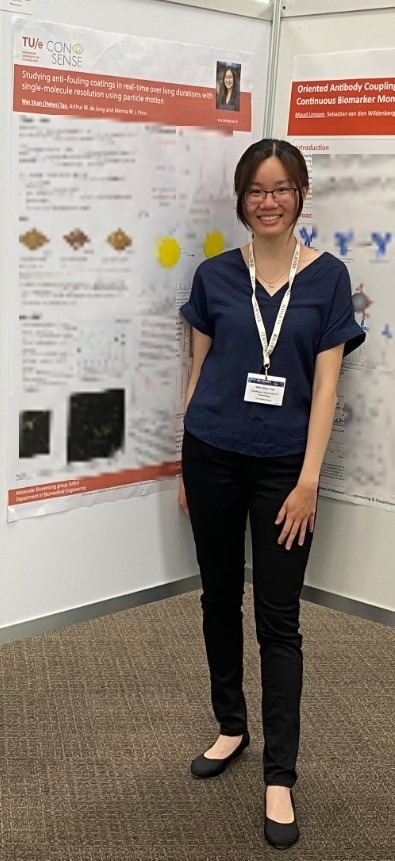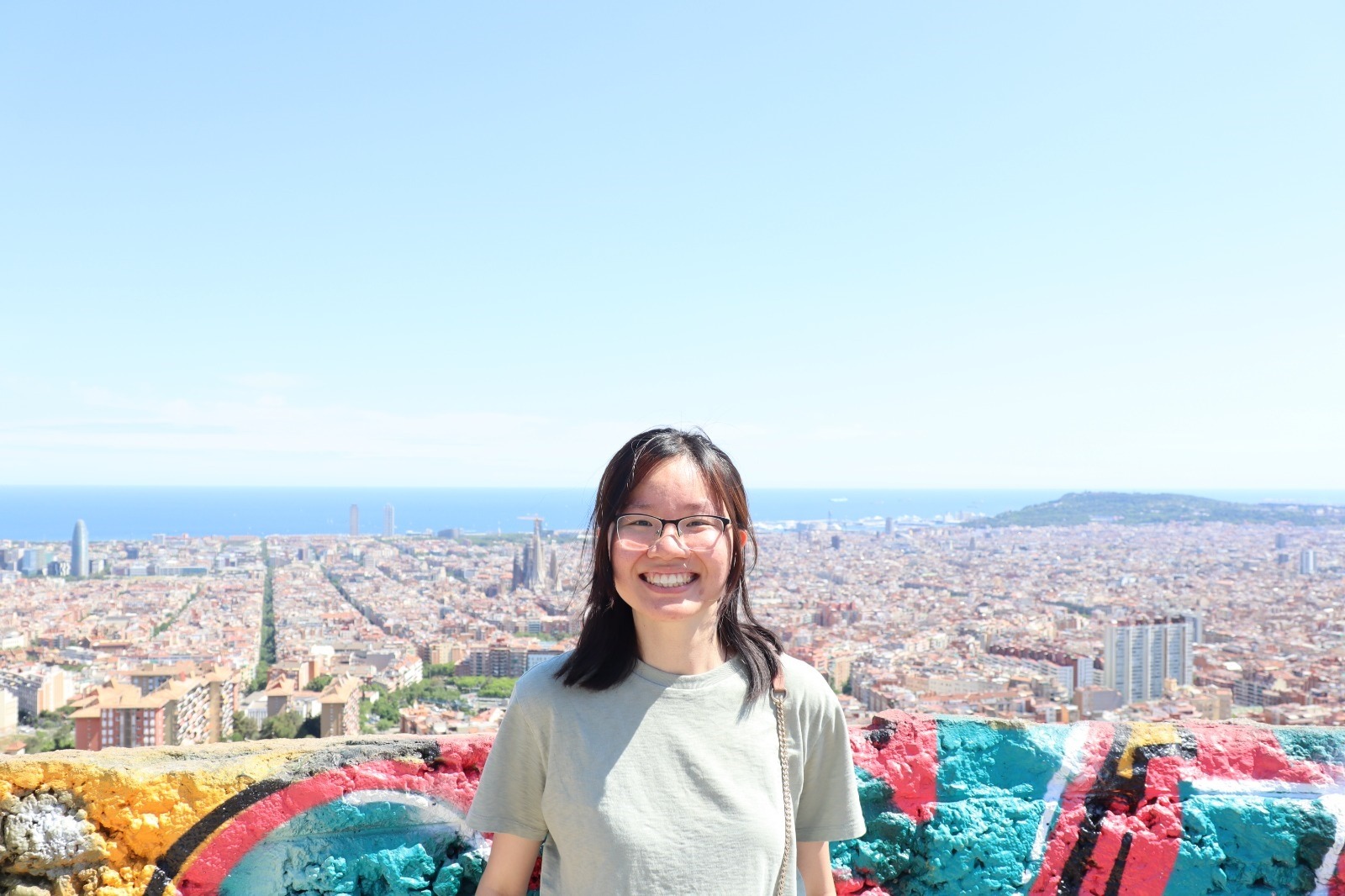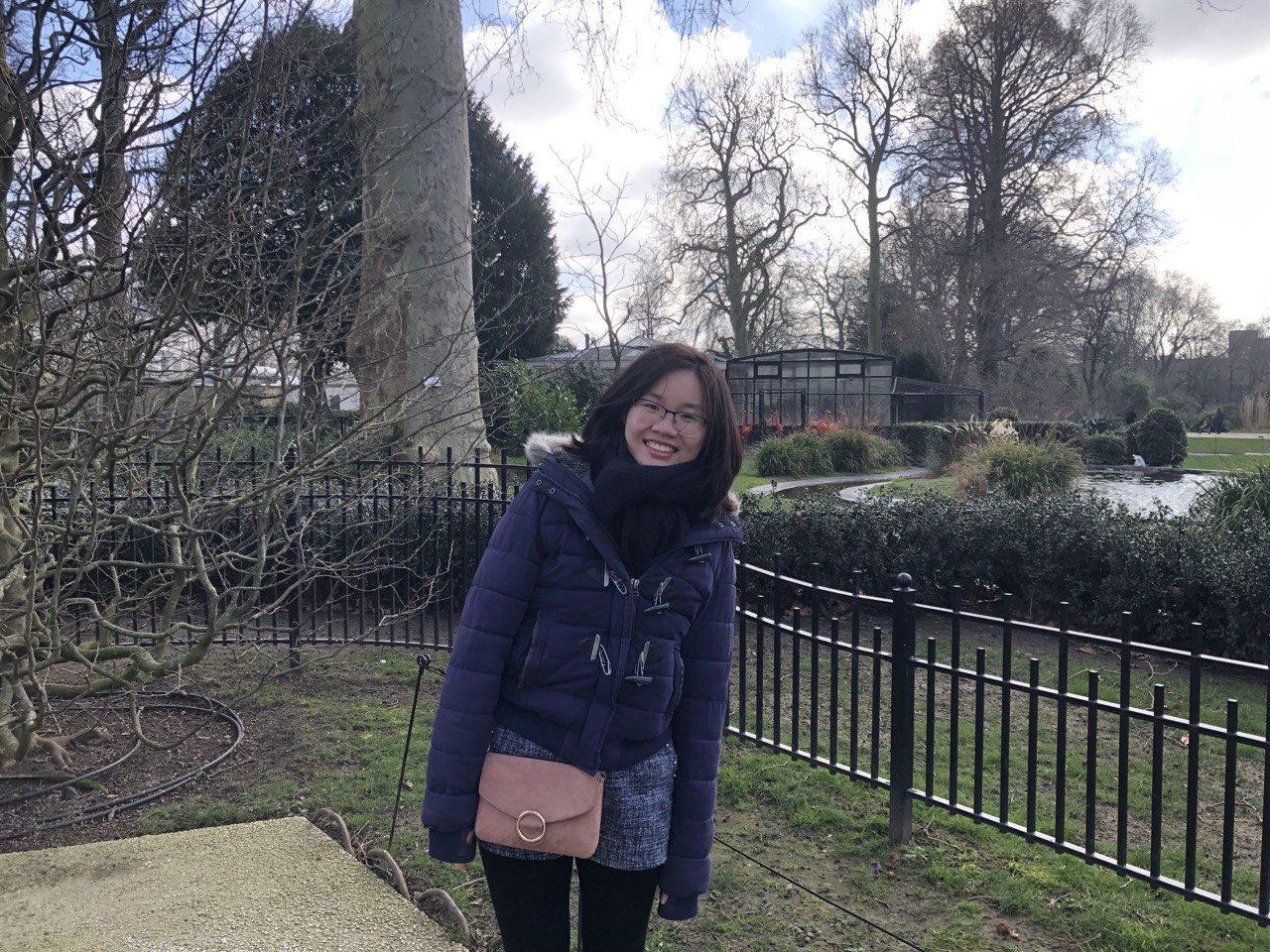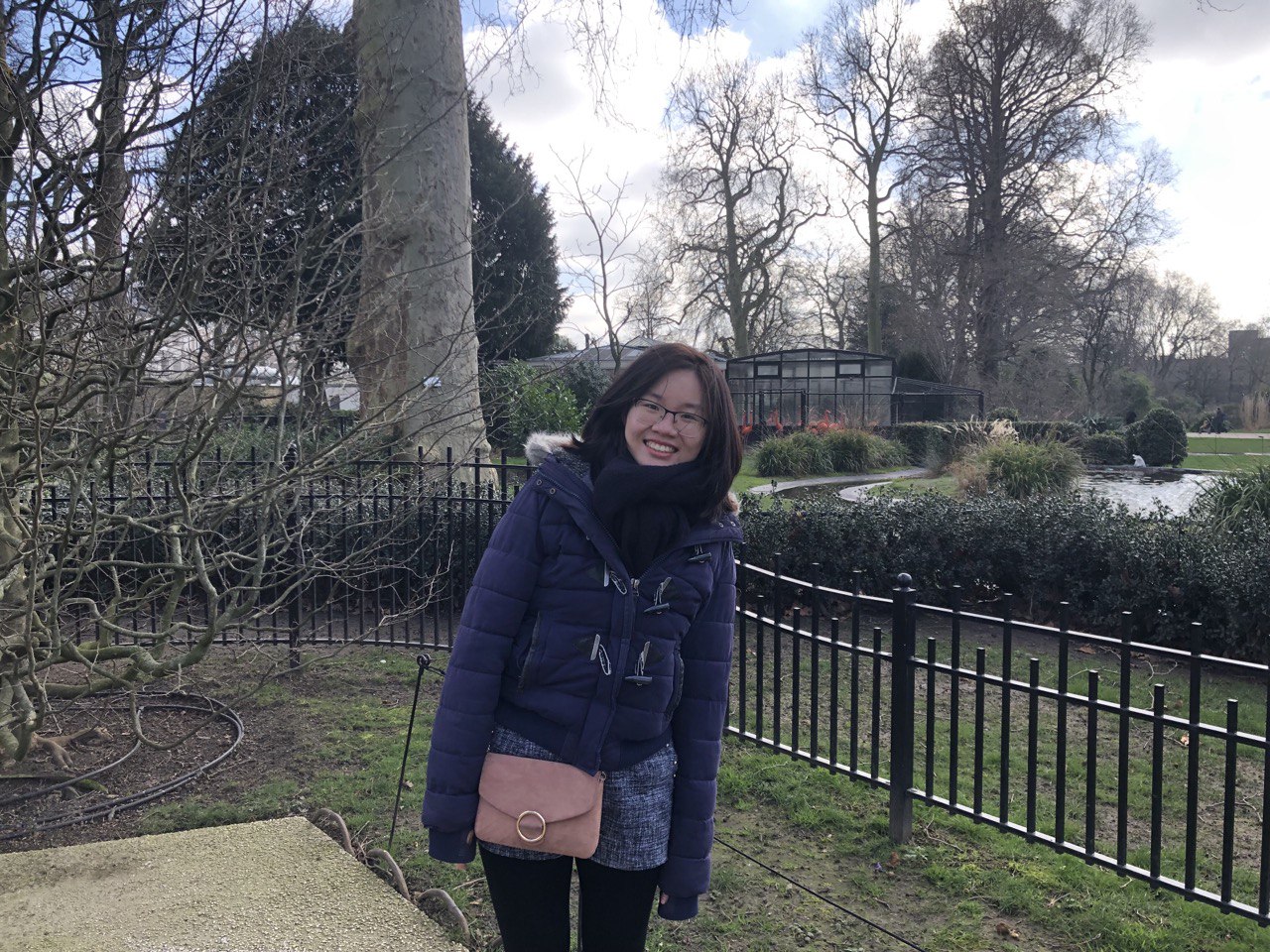A few weeks ago, Helen Tan, one of the ESRs at the TU/e, presented her research results at the 7th Biosensing Technology Conference in Sitges, Spain. She reported on her recent advances in the methodology of biofunctionalized substrate characterization using techniques, such as atomic force microscopy (AFM), DNA Point Accumulation in Nanoscale Topography (DNA-PAINT), and Biosensing by Particle Motion (BPM).
“Overall, I would say it was a fruitful trip — I learned a lot, gained a few connections, and at the same time, was able to convey what BPM is about and how I should approach my research question. :)”
The goal of CONSENSE is to train a new generation of professionals in the field of biosensor technologies. For early-stage researchers, the opportunity of networking and receiving feedback is an essential part of the scientific process. Helen was able to learn a bit more regarding the general biosensing techniques that are being used at the moment. However, she also admits that there are not many technologies for continuous biosensing — the gap that the CONSENSE project addresses quite well.
Helen is grateful for the opportunity to talk to quite a few people regarding her work — most attendees were really interested in the DNA-PAINT approach, a super-resolution localization microscopy (SMLM) technique, so she received some questions about the working principle.
We wish Helen the best of luck in her work and hope to hear more about her results in the future!
Author: Andris Jeminejs




